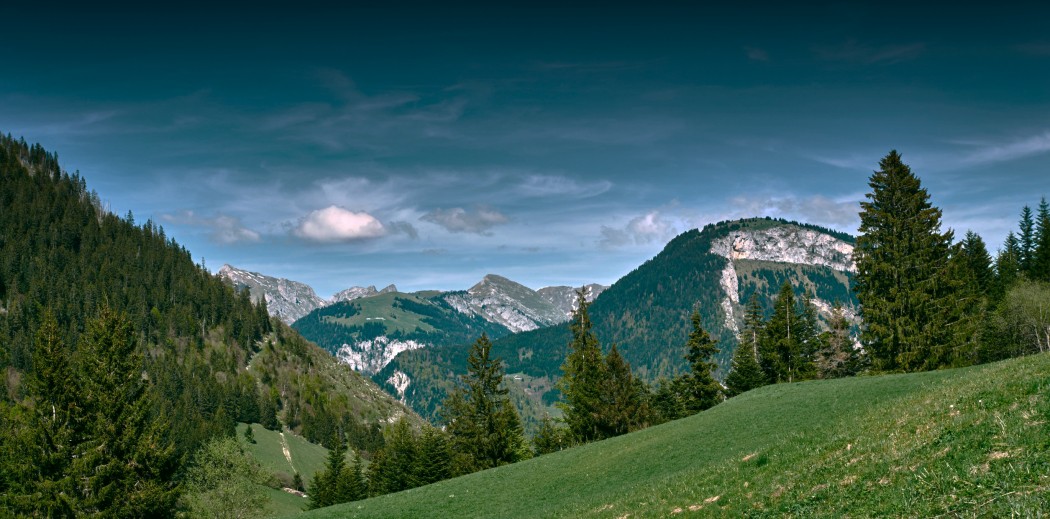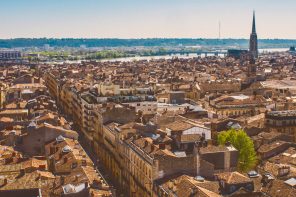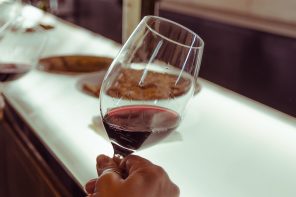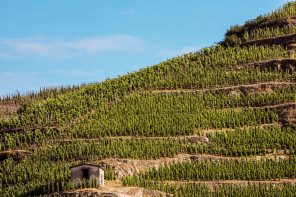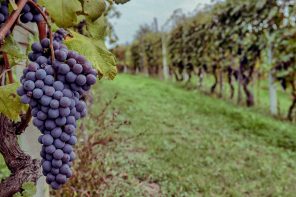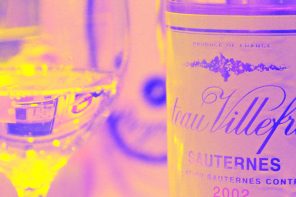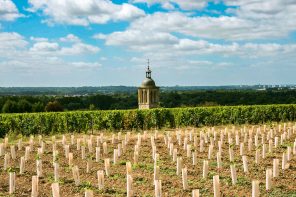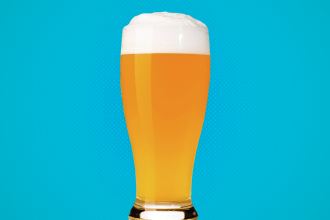Nestled not far from the Swiss border in eastern France, Savoie is an alpine region famed for its superb skiing and its tasty cheeses. But you’ll find more in Savoie than its snow capped peaks; the wines of Savoie are exceptionnel. Food-friendly yet highly underrated, Savoie’s wines have oh so much to offer the oenophile with a jaded palate. Apart from a few examples, most of the grapes in this region are found nowhere else in France. Dominated by beautifully fresh white wine with a smattering of reds, Savoie needs to be on your radar.
The Grapes
Familiar varieties like Chardonnay and Pinot Noir have made their way into Savoie’s vineyards and you’ll even come across some Gamay. But the special vin de Savoie appears in the form of grapes like the whites Jacquère, Altesse (aka Roussette) and Grignet, with Mondeuse acting as the champion for Savoie’s reds.
Gouais Blanc’s offspring Jacquère leads vineyard plantings and makes crisp, mineral wines with pretty floral, citrus and pear aromas. If you’ve ever wondered what to drink with cheese fondue, consider Jacquère the answer.
Meanwhile, Altesse is considered the crème de la crème of Savoie winemaking – the noblest of the bunch. It’s capable of aging for up to a decade and is rich with a wealth of aromas spanning from quince, tea, pineapple and pear to honey, ginger and nuts as it matures.
On the red front, Mondeuse is an ancient Savoie native that yields dark, fairly tannic wines. Red fruits and flowers intermingle with spice and a touch of gaminess. Outstanding stuff. Persan is something of a rarity. A finicky grape, if the weather isn’t right, Persan refuses to bear fruit. Oh, but when it does, is it ever worth it.
Jura grape Poulsard is dotted around vineyards as well. But wait, there’s more! There are also wines based on Chasselas, which also crops up in Alsace, Germany and Switzerland, along with Roussanne, which is more common in the Rhone but yields excellent wines in Savoie.
The AOPs
There are only a few AOPs in Savoie but the small number belies the complexity of the region. Within the Vin de Savoie AOP there are several crus – 16 in total, whose villages names are allowed to appear on wine labels. Some of these crus stipulate different varieties, styles and aging requirements from the basics outlined for the appellation. Take Chignin-Bergeron. The wines are made from 100 percent Roussanne (locally known as Bergeron), while Apremont is based on Jacquère, and Saint-Jean-de-la-Porte is dedicated solely to Mondeuse.
Cremant de Savoie is the budget bubble lover’s dream. The newest addition to Savoie’s appellations, this traditional method sparkling wine is made from Jacquère and Altesse. Fizz is also made in Savoie cru Ayze based on Grignet, and the Seyssel AOP produces bubbles from Altesse. Speaking of Altesse, the Roussette de Savoie AOP is all about this grape. It’s lovely wine that is delicious in any season.
The final AOP of Savoie is Bugey, which makes all colors and styles of wine. Two of its subzones are all about sparkling, Bugey-Montagnieu and Bugey-Cerdon. The latter of the two is unique for being a slightly sweet sparkling rosé made in the methode ancestrale, one of the oldest ways of making sparkling wine which leaves a nice dose of residual sugar in the bottle.
Climate
The vineyards of Savoie are more or less clustered around two lakes, Lac Leman (aka Lake Geneva) and Lac Bourget. The Rhone River also makes an appearance in the region, fed by a number of smaller tributaries. All of these bodies of water work to moderate the alpine continental climate and give rise to a reasonably warm microclimate. Given its geologic history, Savoie has staggeringly diverse soils from the to-be-expected glacial deposits to clay, limestone, marl, scree and gravel. Phew!
There’s a lot to explore when it comes to Savoie. This semi-isolated region is often overlooked when it comes to wine and it’s long overdue for a little love. With seafood, cheese or even for just sitting in the park, the wines of Savoie are spectacular.

